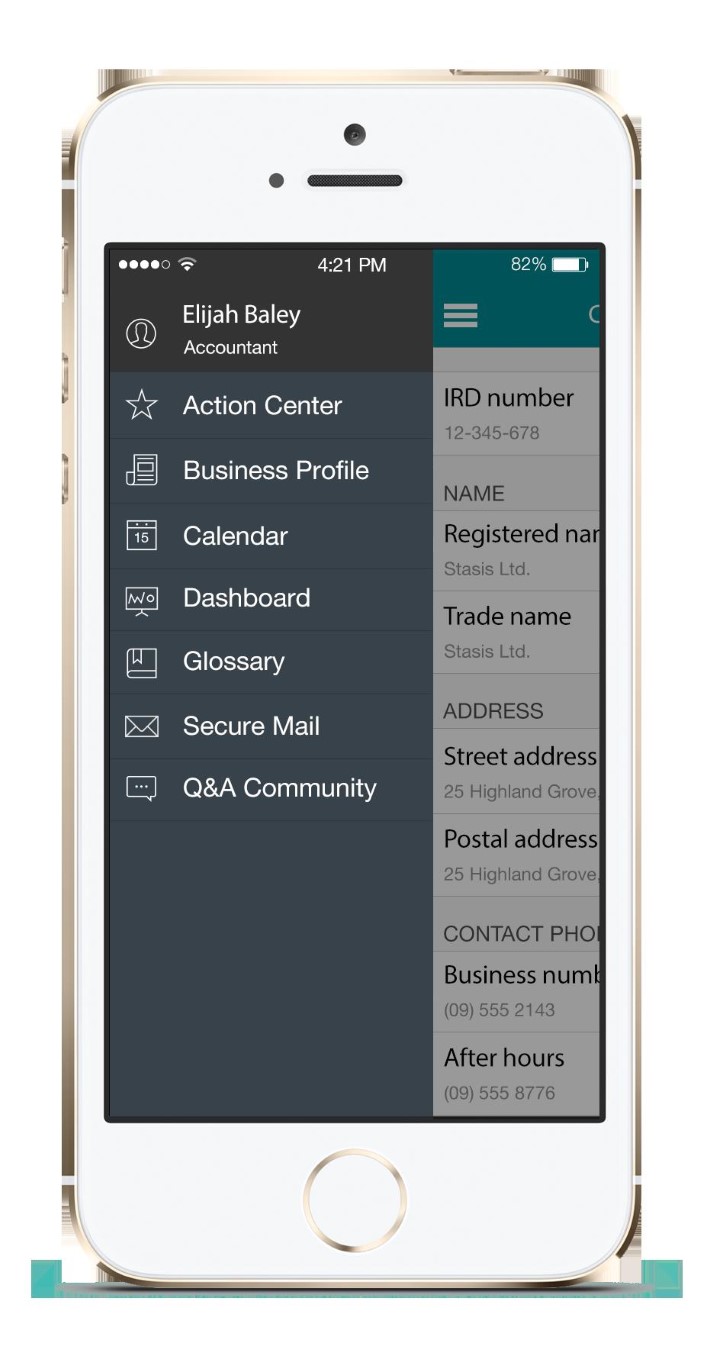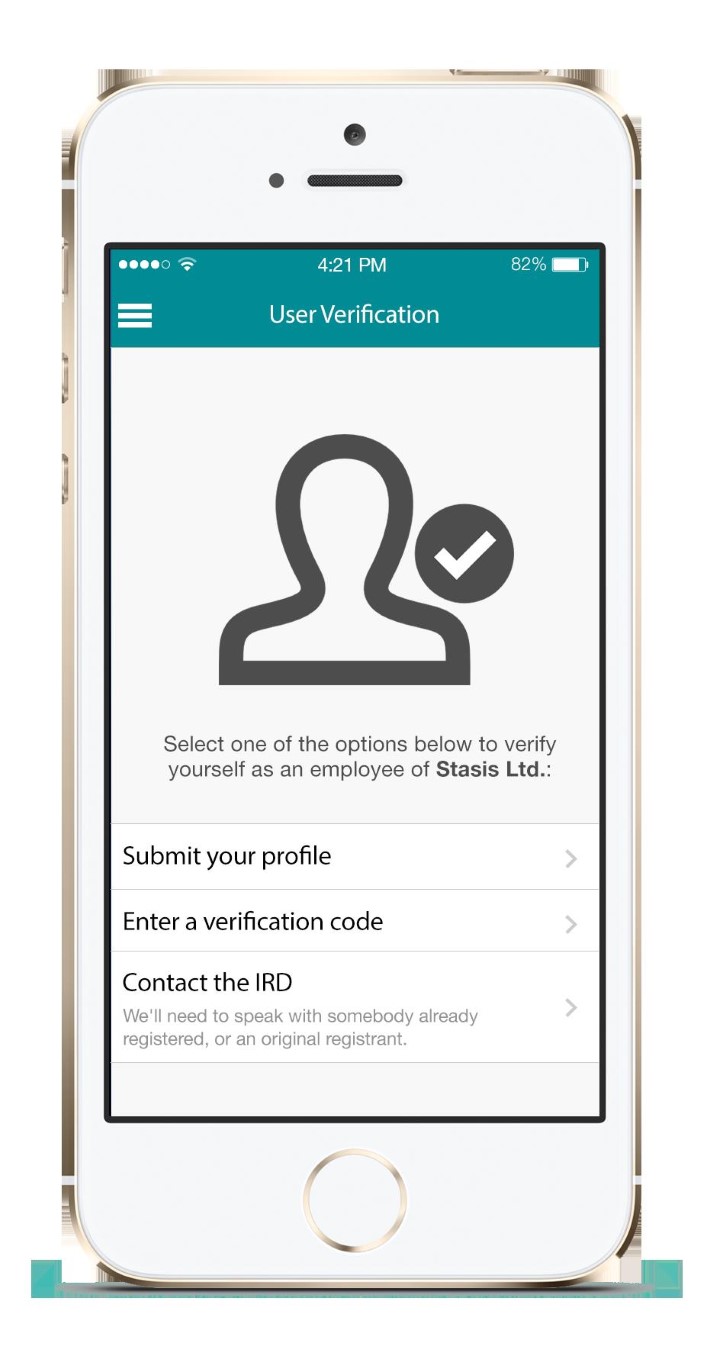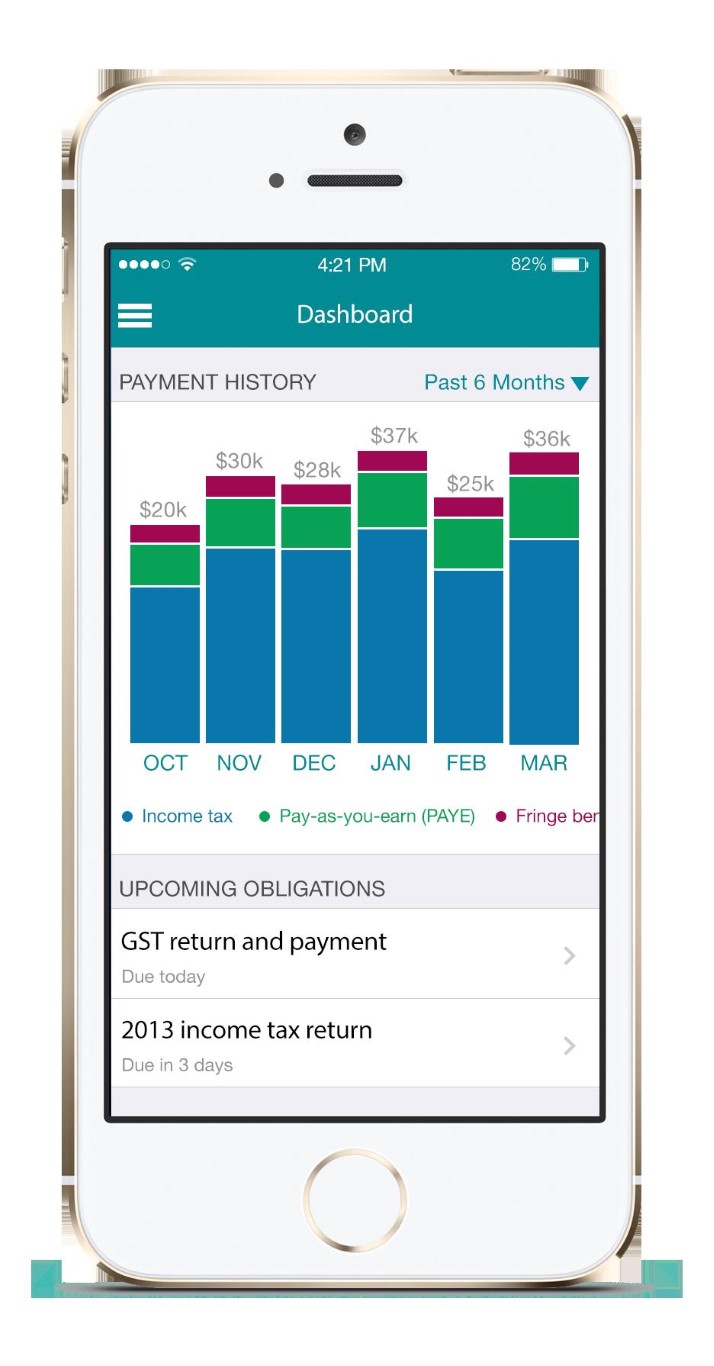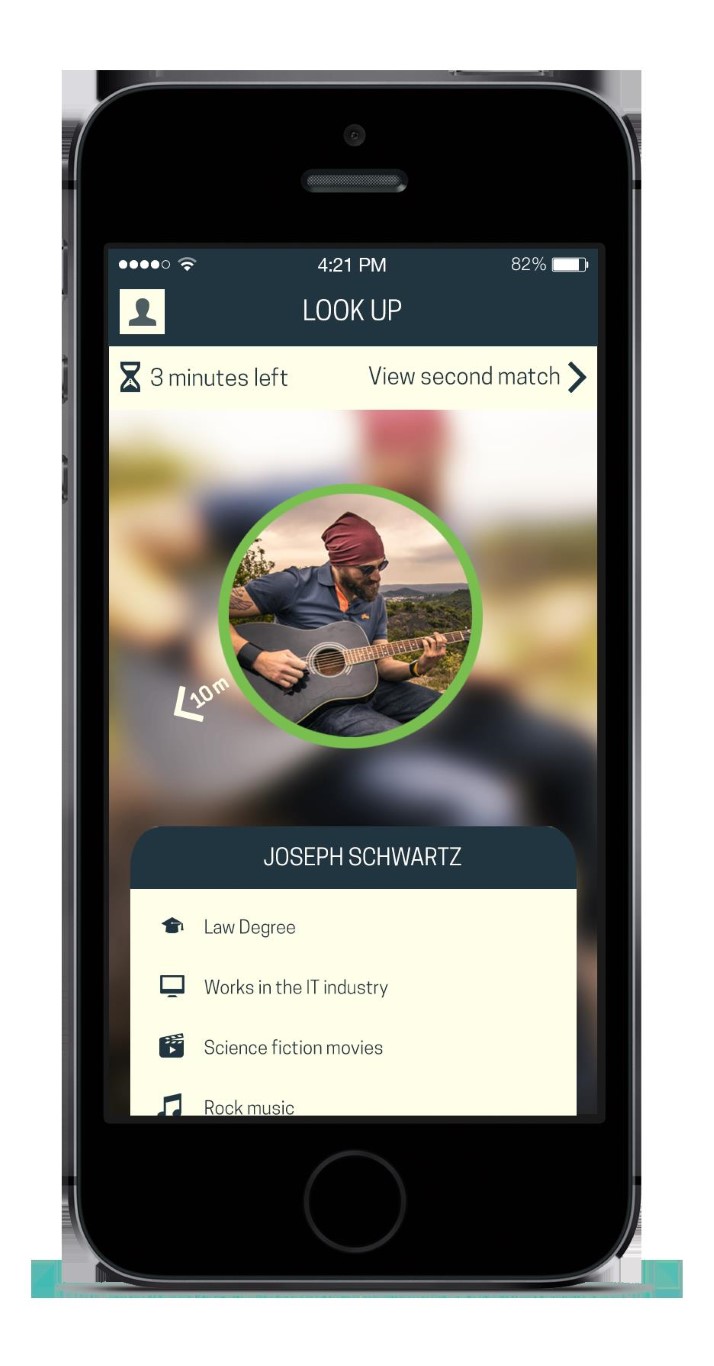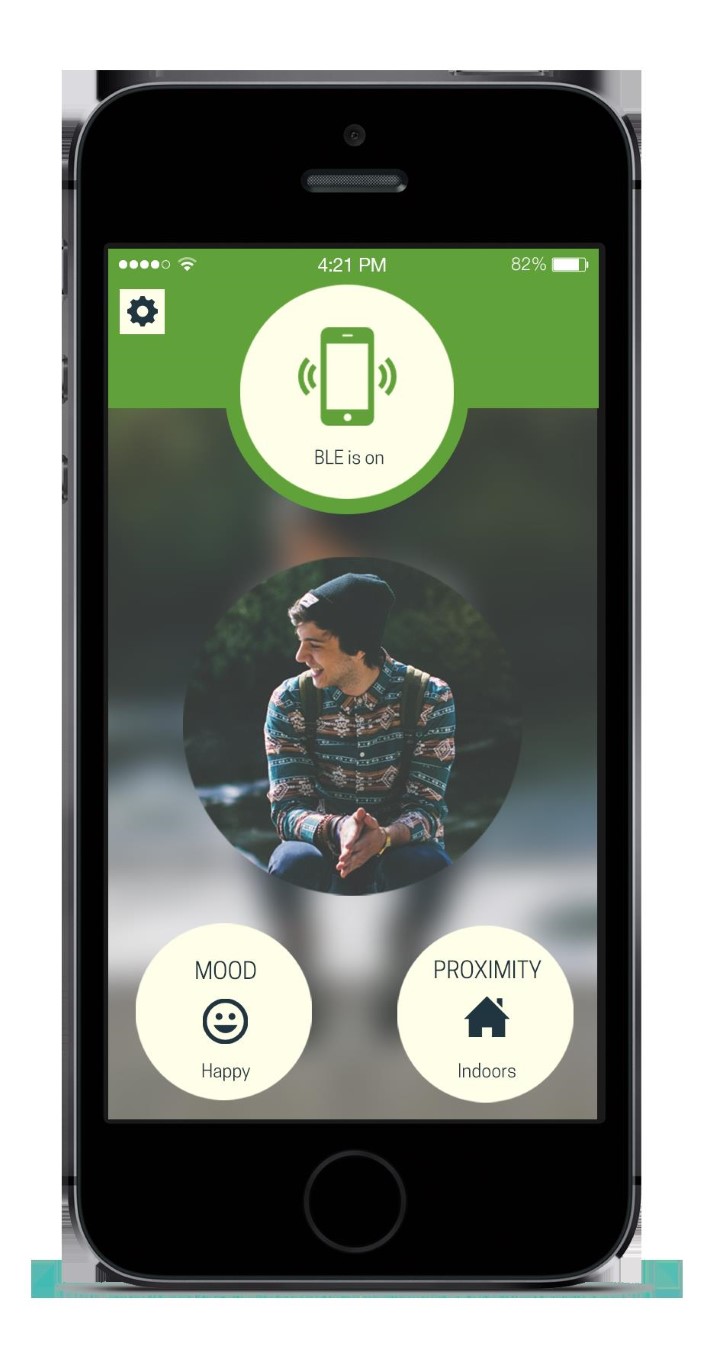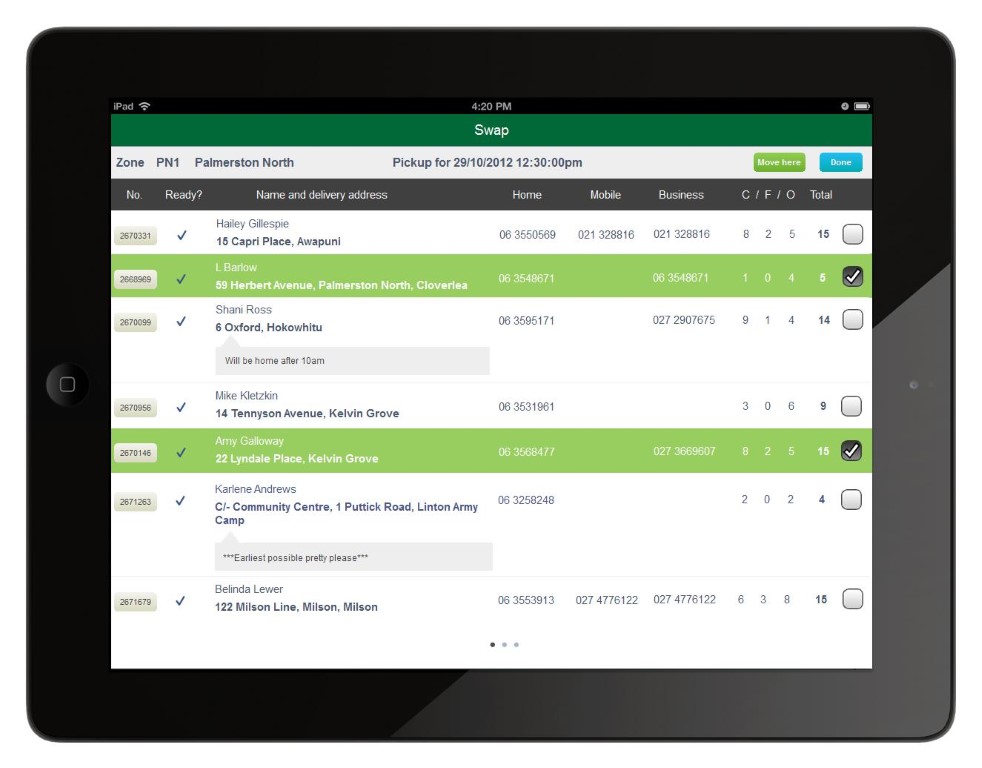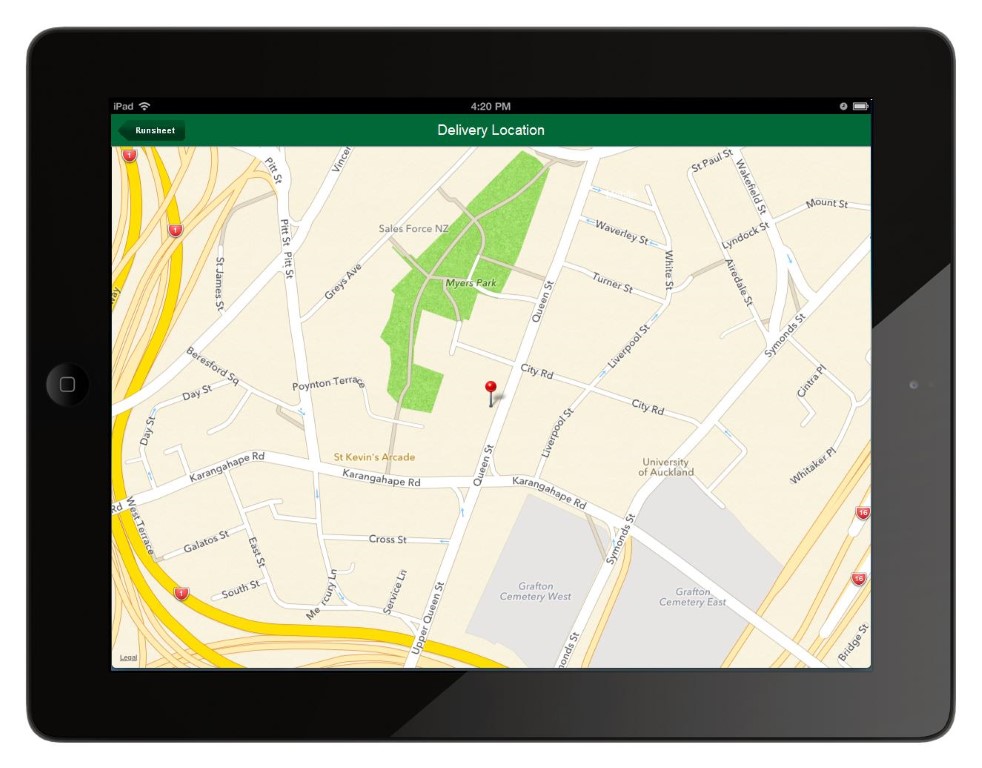Robots are no longer confined to factories and warehouses. Advances in mobile robotics and the ever-present power of smartphones are creating exciting possibilities for remote robot control and monitoring using simple apps. Let's delve into the types of apps pushing the boundaries of robotics, with real-world examples:
Robot Swarm Management
Imagine overseeing a fleet of tiny robots working together to accomplish complex tasks. Swarm robotics apps make this possible.
Coordination: Apps like Crazyswarm (developed for the Bitcraze Crazyflie drone platform) provide a centralised interface to program and monitor the behavior of multiple robots simultaneously, setting rules for collaboration and movement.
Real-Time Data: Swarm management apps often display real-time sensor data from individual robots. For instance, Kilobots robots used in research often have dedicated apps that show location and status for the entire swarm.
Remote Collaboration with Robots
Mobile apps are bridging the gap between humans and robots in remote locations.
Telepresence Robots: Imagine controlling a Beam robot (by Suitable Technologies) or a Double (by Double Robotics), both equipped with cameras and microphones, from miles away. These apps allow virtual exploration of remote sites, enabling experts to offer guidance or have face-to-face interactions from afar.
Shared Control: Apps like those designed for industrial robots from ABB or Universal Robots sometimes allow multiple users to collaborate on controlling a single robot. This is ideal for training, troubleshooting, or tasks requiring specialised expertise.
Apps for Versatile Mobile Robots
Think of these apps as your robot's multifunctional remote control:
Navigation and Mapping: Control your TurtleBot or similar mobile robot's movement with the ROS Navigation app. It provides mapping capabilities for autonomous tasks.
Sensor Monitoring: Access live feeds from cameras, LiDAR sensors, and other environmental sensors equipped on your robot. Many robots designed for hobbyists and education even have dedicated apps for this purpose.
Task Programming: Apps like Blockly make learning to program robots accessible even for beginners. You can design basic robot behaviours with a visual interface and often deploy directly to mobile robots.
Industries Using Mobile Robot Apps
Logistics: Robot swarms controlled through apps like those from Fetch Robotics optimize warehouse operations and deliveries.
Construction: Mobile robot apps streamline surveying, inspections, and data collection on construction sites. Check out Dusty Robotics' FieldPrinter for an example.
Security and Surveillance: Apps enable the control of mobile robots, like those from Knightscope, for patrolling and monitoring sensitive areas remotely.
The Future is in the App
Mobile apps are giving humans unprecedented control over robots. As robotics technology evolves, expect even more sophisticated mobile control interfaces. The real-world applications are expanding rapidly, and mobile apps are making robots more accessible, adaptable, and intelligent than ever before.
















